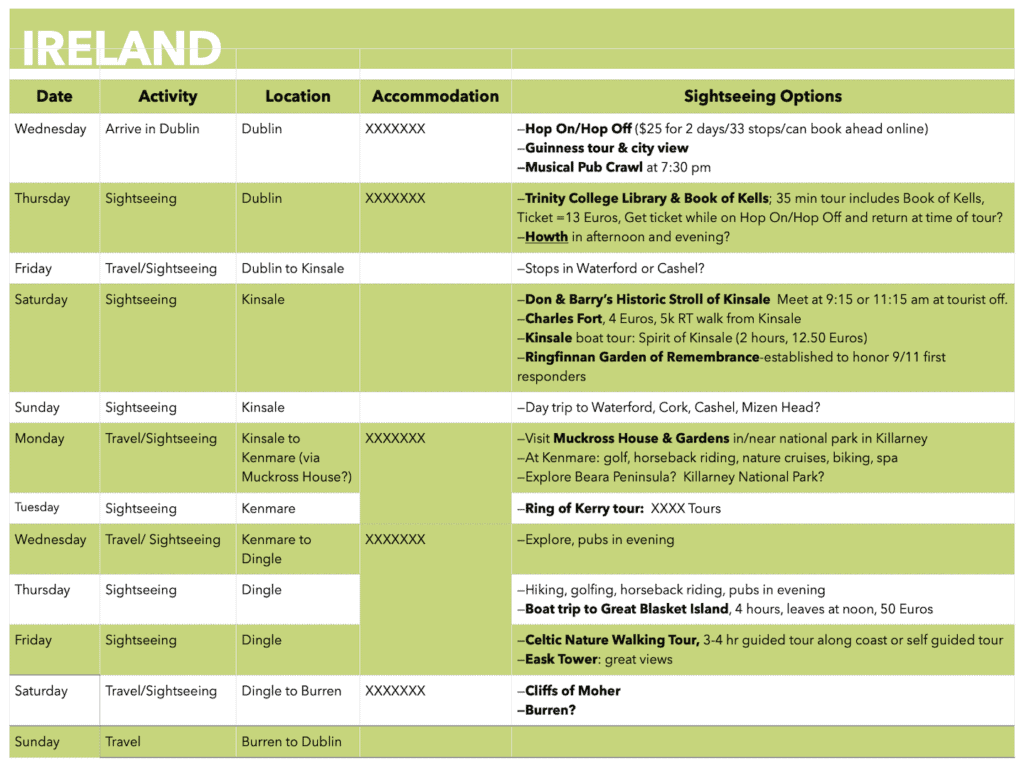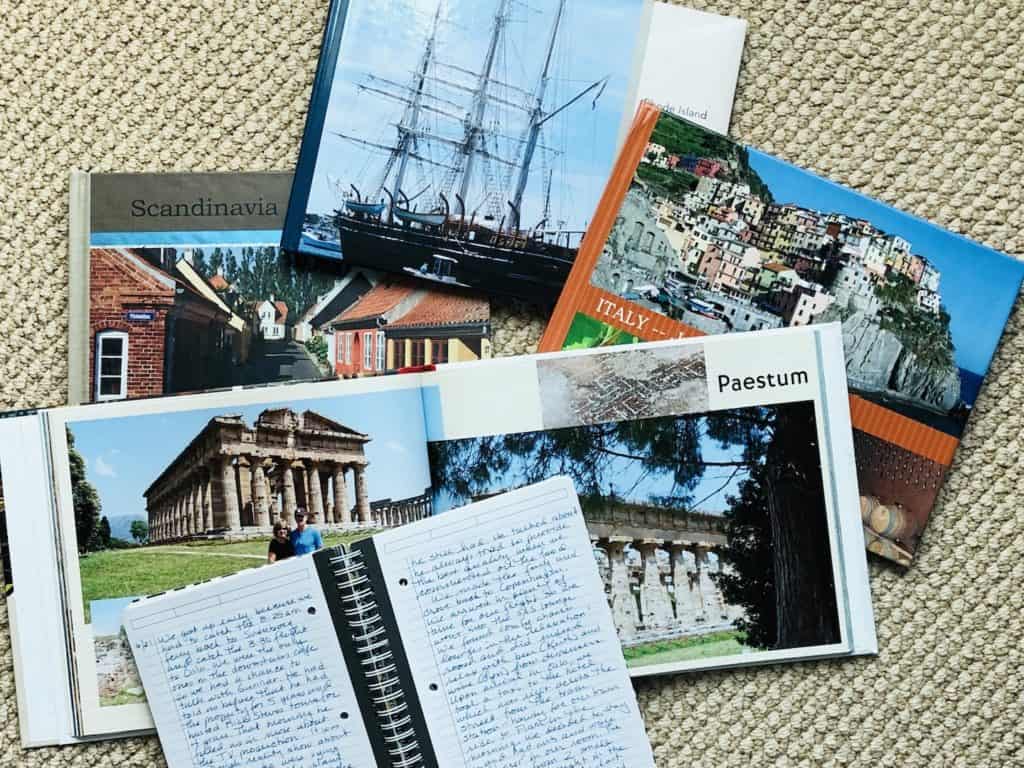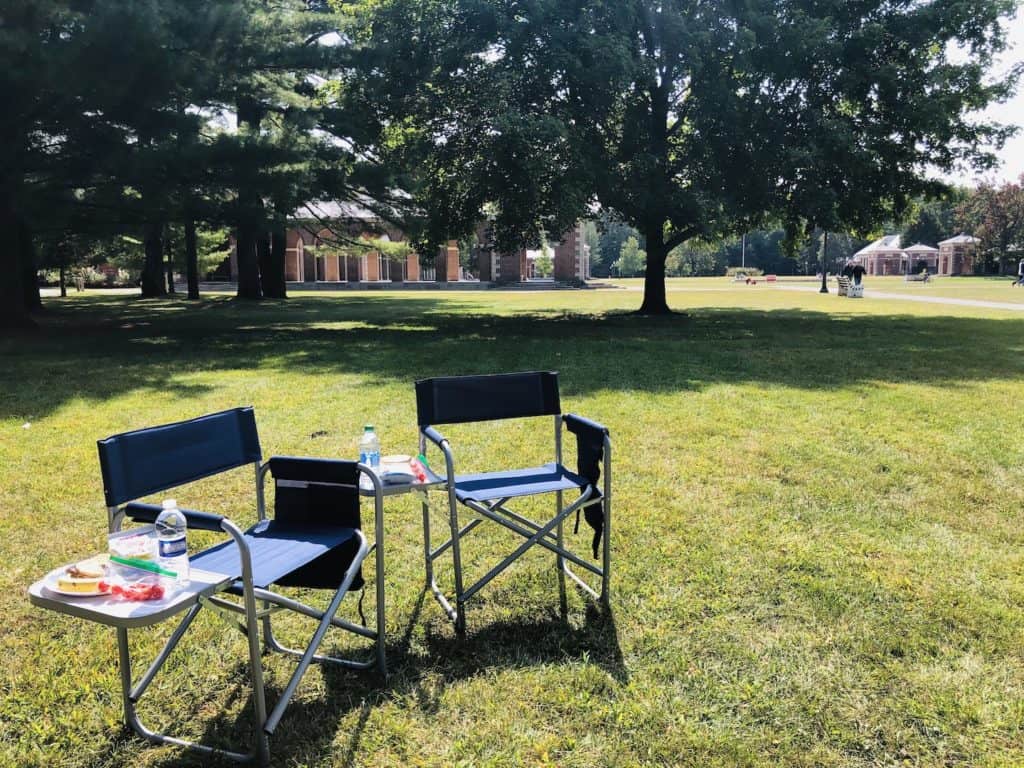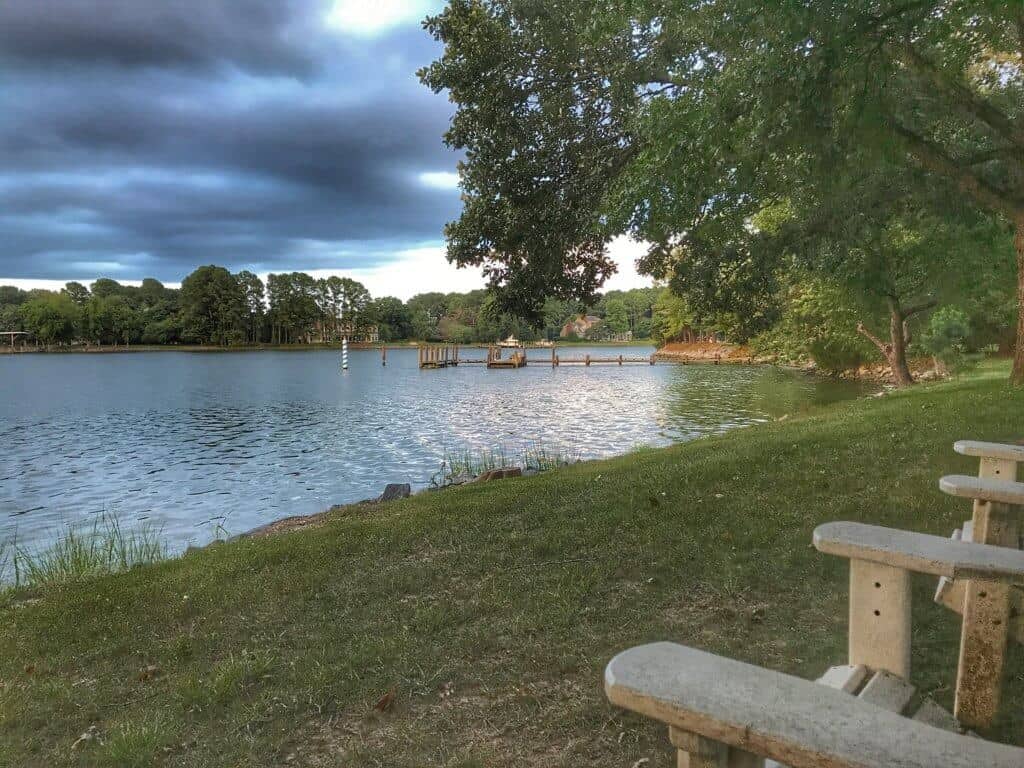Planning a great trip is key to having an enjoyable time. Here’s what I’ve learned from my other half (and here’s a handy travel planning timeline to help you get ready for take-off!). I have known Lolly for quite a few decades, of which, we have been married the majority. The basic ingredients of our approach to planning trips can be summarized as follows:
- transport ourselves around the region we are visiting (i.e., rental car, train, etc.);
- a core list of “must sees” for the trip (i.e., cities, towns, villages, historic sites, natural wonders, etc.);
- hotels that link directly to the “must see” list;
- days per hotel stay; and
- transportation to and from the trip region.
If planning to drive rather than fly, here are some great tips for planning a great road trip.
NOTE: This post is written by Pop, Lolly’s trusted travel partner.
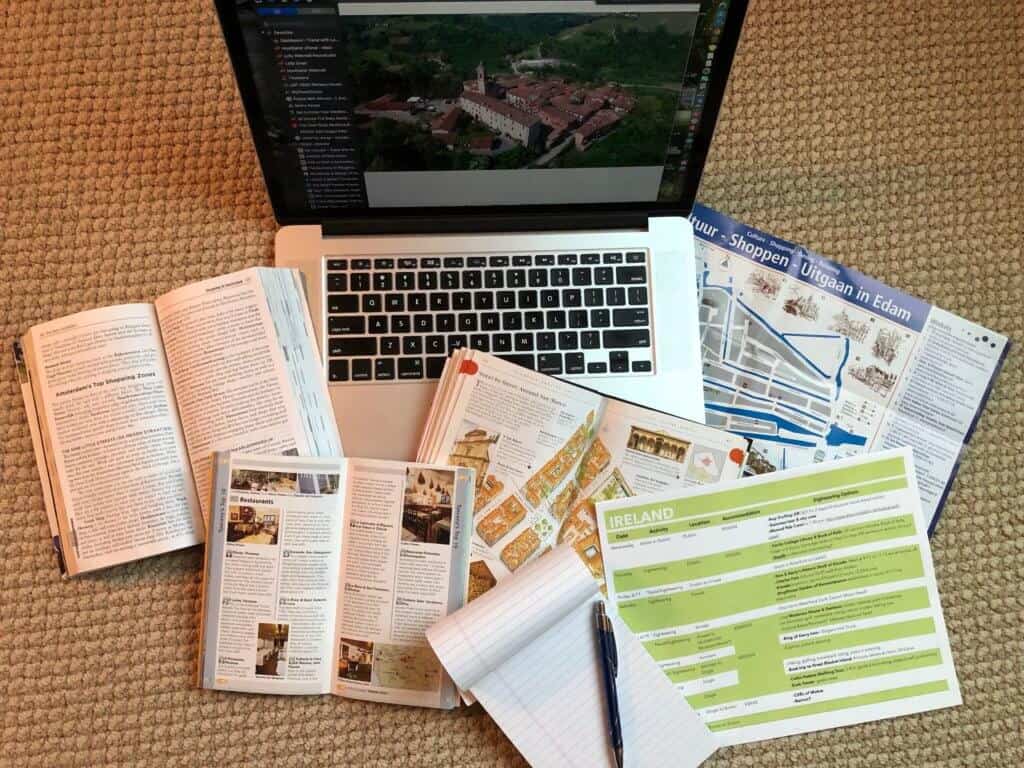
Packaged Guided Tours
Only in special circumstances do we take packaged guided tours. Good tours are designed to pack in as much focused sightseeing as possible. As a result, schedules tend to be tight and must be met, leaving little to no room for “on-the-fly” adjustments and freelancing. We are all about flexibility within the trip’s broad itinerary. Lolly’s well-researched and developed itineraries always provide the ability to change the afternoon’s plans or even the entire day’s plans. This in not an option for most tours. So, we take packaged tours if one or both of the following conditions exist for a trip:
- Getting around the region we are planning to visit by ourselves is not a practical option (i.e., distances, road infrastructure, etc.);
- The region we are planning to visit has a high density of cultural content that we want to experience (i.e., in these cases, we are willing to sacrifice experiencing the local culture in a relaxed manner for efficiency).
How to Plan a Great Trip
As a seasoned engineer, I greatly appreciate the overall approach Lolly takes in planning trips. The following is my outline summary of her process.
We discuss the major points from the first few steps (below), and then Lolly takes trip planning from there. She has an uncanny ability to nail this stuff. Lolly’s trip planning skills have been refined by a lifetime of travel.
- Select a region for our next trip or two.
- We keep a rough running list of places we want to visit, and usually update it periodically when we dream about destinations that we have yet to discover first-hand.
- We also get ideas from travel shows we watch, referrals from travel loving friends, and books we read.
- Develop a list of the “must sees” for the next trip.
- Lolly uses all the normal print and online information sources together with input from some of our traveling friends’ suggestions to arrive at this list.
- Once Lolly has developed a rough list, I get an opportunity to comment and we jointly refine the list (usually either minor or no adjustments … she does her homework well).
- Determine the sequence we will follow in order to implement the “must see” list. Sometimes this is easy and sometimes this is difficult, but it turns out to be a key step. Distances play a major role, but sometimes so do historical sequence of events, festivals, market days, walking tour schedules, museum schedules, and so on. Again, I get a chance to comment, usually when a draft sequence has been developed. But, in those very challenging cases, I may join Lolly in the bottom-up development of the sequence.
- Determine where we will stay overnight. Usually one or two “must sees” will point to some overnight options. Criteria that impact selecting an overnight location include distance to sites and activities, proximity to good restaurants as well as to good hotels/B&Bs.
- For each overnight location, expand the “must see” items for that location into a broader rough itinerary of secondary sights and activities. Examples can include walking tours, wineries, half-day and full-day cooking classes, and shopping.
- For each overnight location, determine how many nights are necessary. The results from step 5 will give you a fair idea if this is a one, two, or three night stop.
- For each overnight location, if you are spending more than one night (which we typically do because who wants to schlep luggage to a new location every day?), select a hotel/B&B. The list of key criteria can be long but important:
- proximity to “must sees” and other planned activities
- proximity to good restaurants
- proximity to parking/public transportation
- king bed (or most likely in Europe, two twins pushed together)
- elevator
- inclusive of morning breakfast
- outside noise (i.e., near a church with bell ringing during the night or early morning, room facing busy street or piazza)
- size of room
- Often, when all the hotel nights are added up, they exceed our allotted length of the trip. So, revisit steps 3-6 and refine accordingly.
- Make one last soup-to-nuts review of the itinerary in all its detail for any last minute adjustments.
- Book it!! Lolly does this through a combination of emails phone calls to the hotels/B&Bs themselves.
- Check Lolly’s Trip Planning Timeline for an extensive list of action items when planning a journey. Also, take a look at our favorite Travel Apps to help things run smoothly.
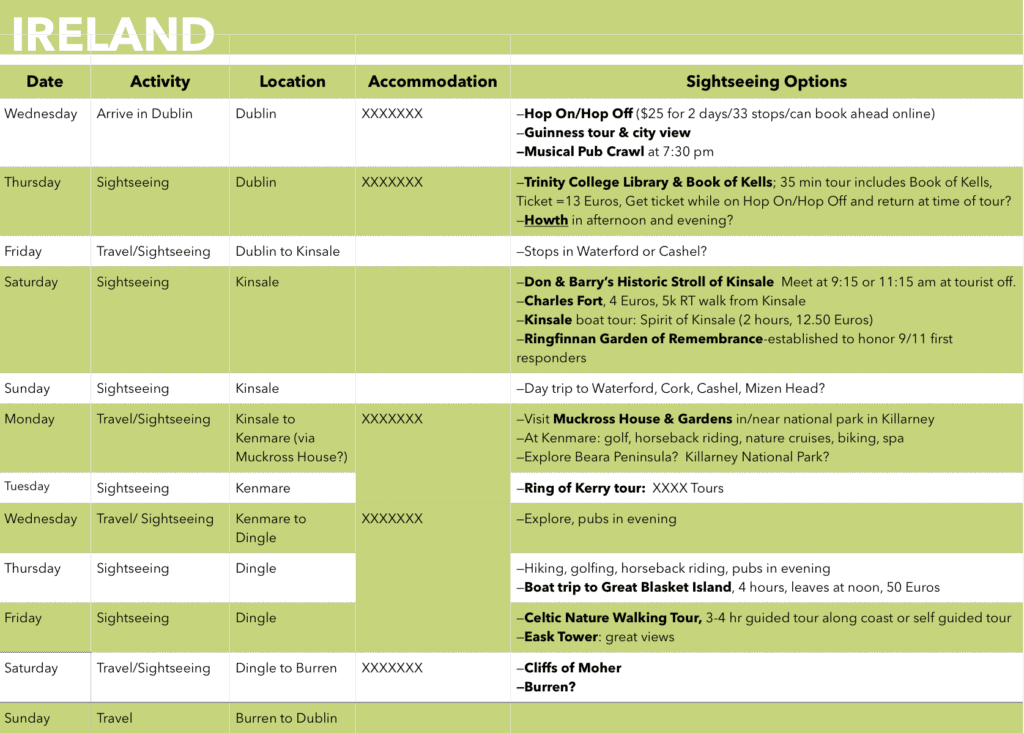
Final Thoughts
Planning a trip yourselves is work — a lot of work. But the rewards are great because you are controlling what you see, where you stay, and where you eat. We get to pick the hotels we want, and if we feel like splurging in one town, we can. There’s just so much flexibility when you design your own trip.
This travel planning timeline is a handy resource to use when making your “to do” trip planning list.
And, finally, try to meet people while you travel. We have such great experiences talking with fellow travelers and locals when we’re away. These encounters have enriched our lives, and hopefully, we’ve touched a few people along the way, too.
Comments?
Please share your thoughts about trips that you’ve planned. Where did you go? What were the highlights? What tips do you have for others? 🙂

